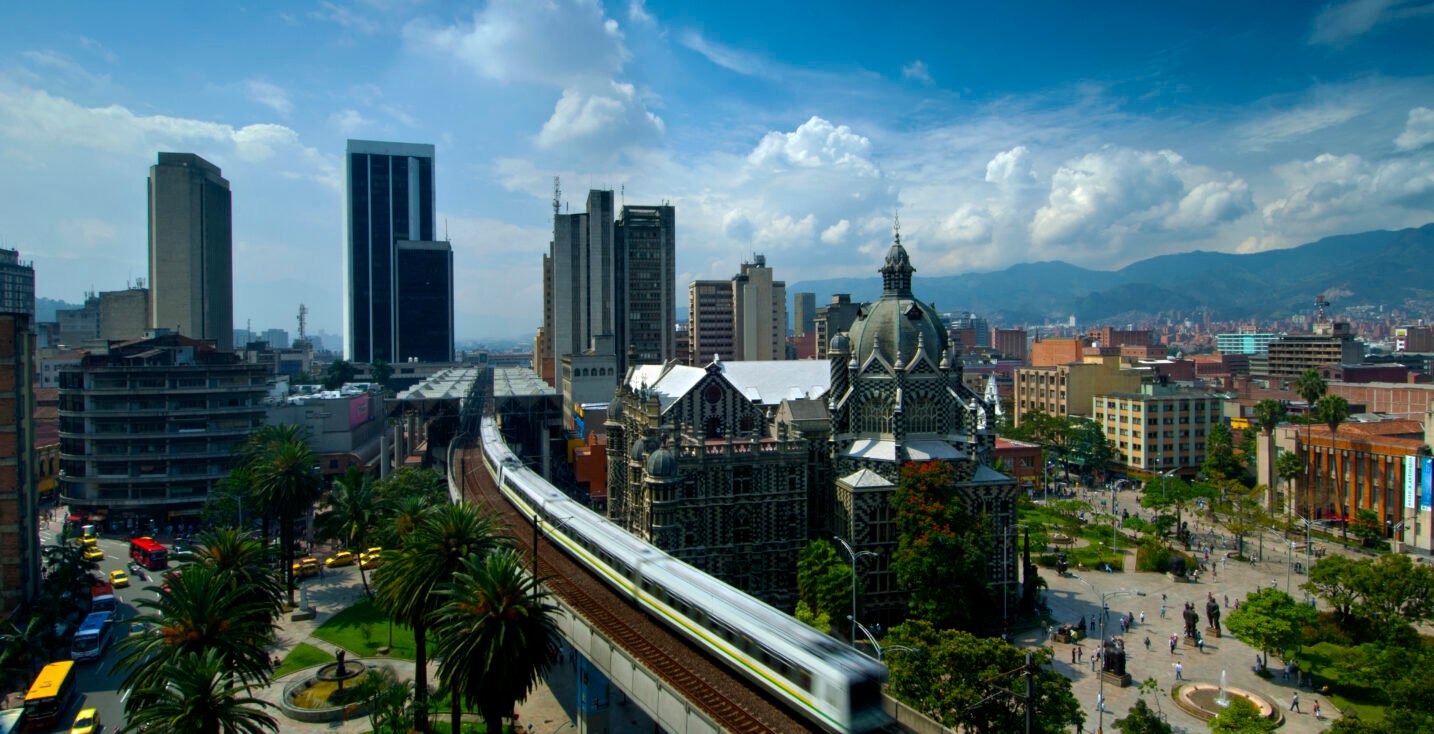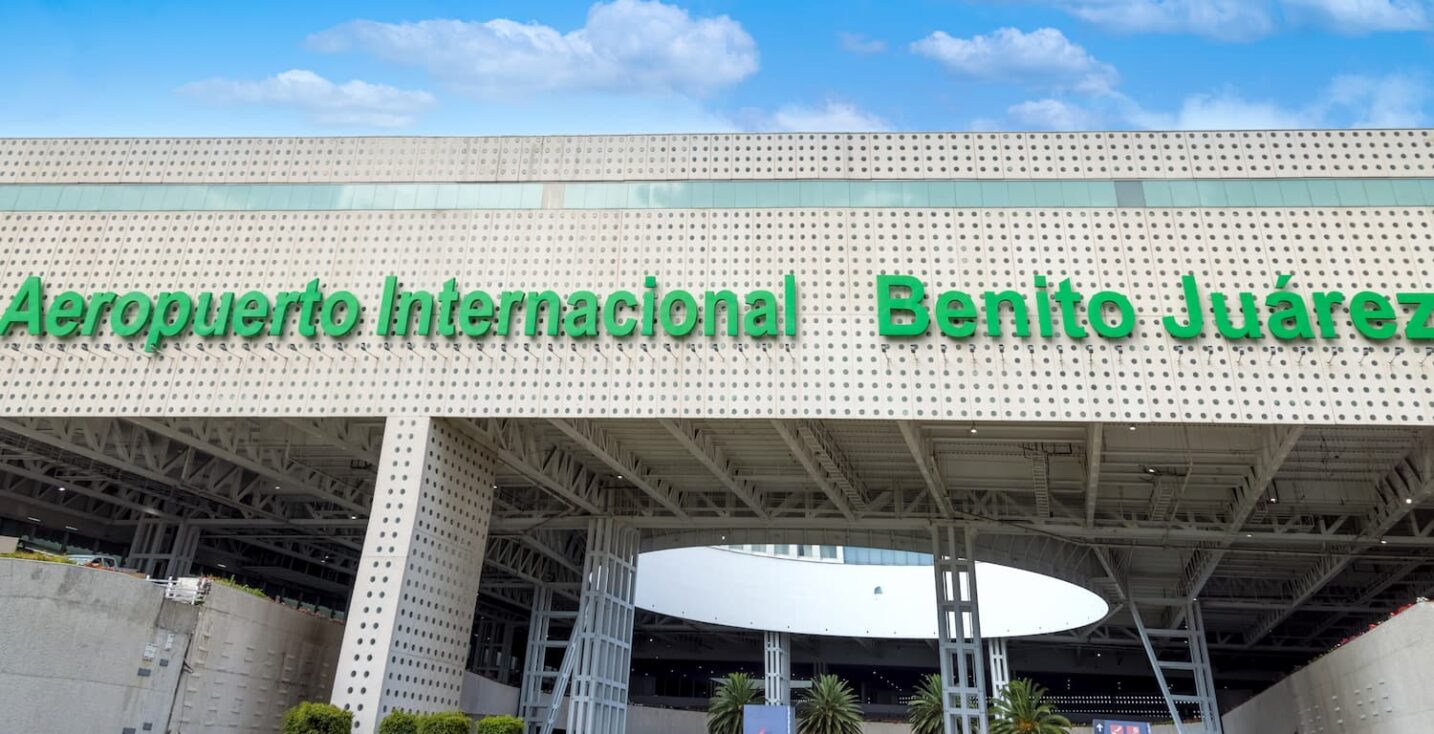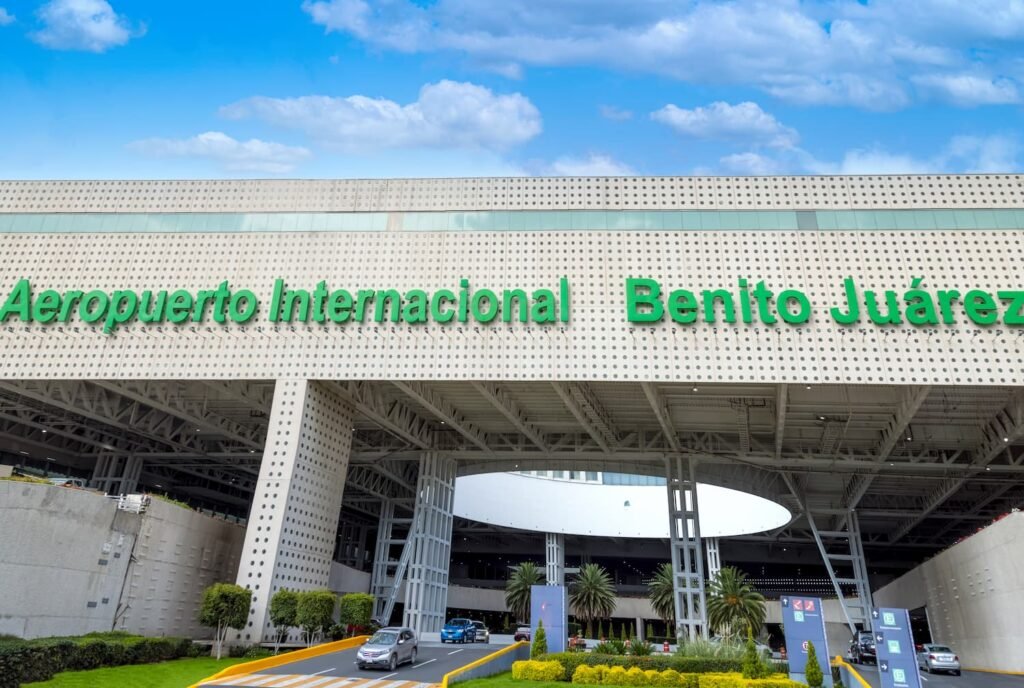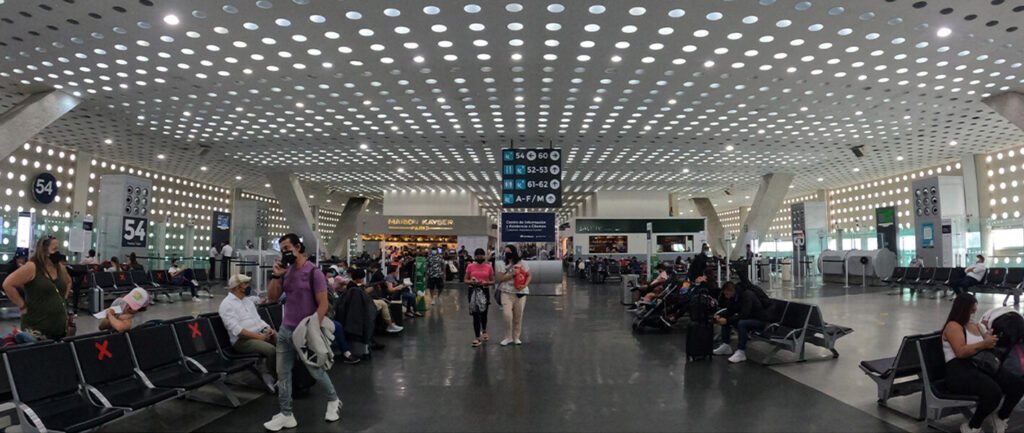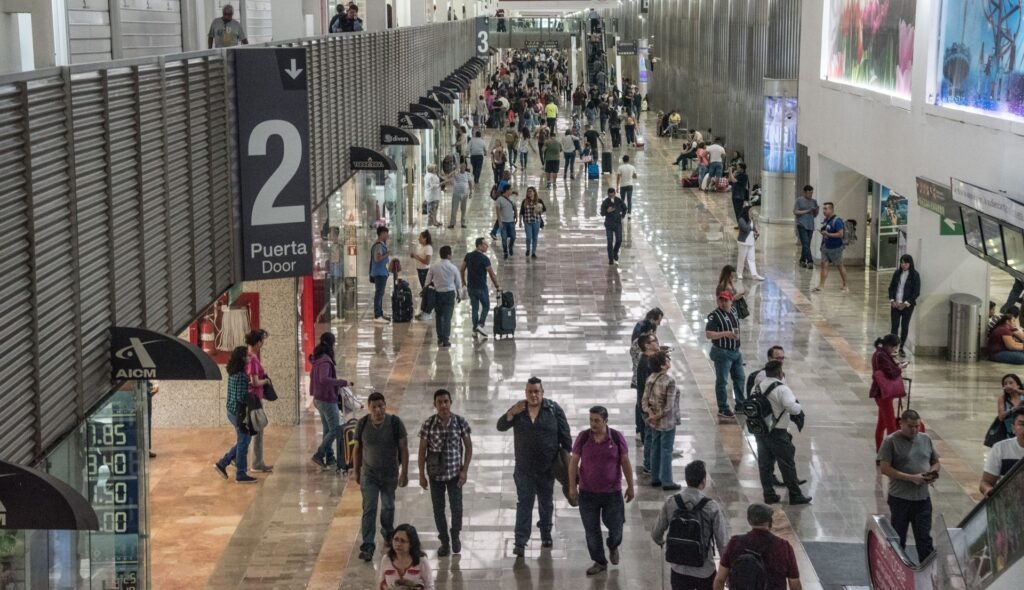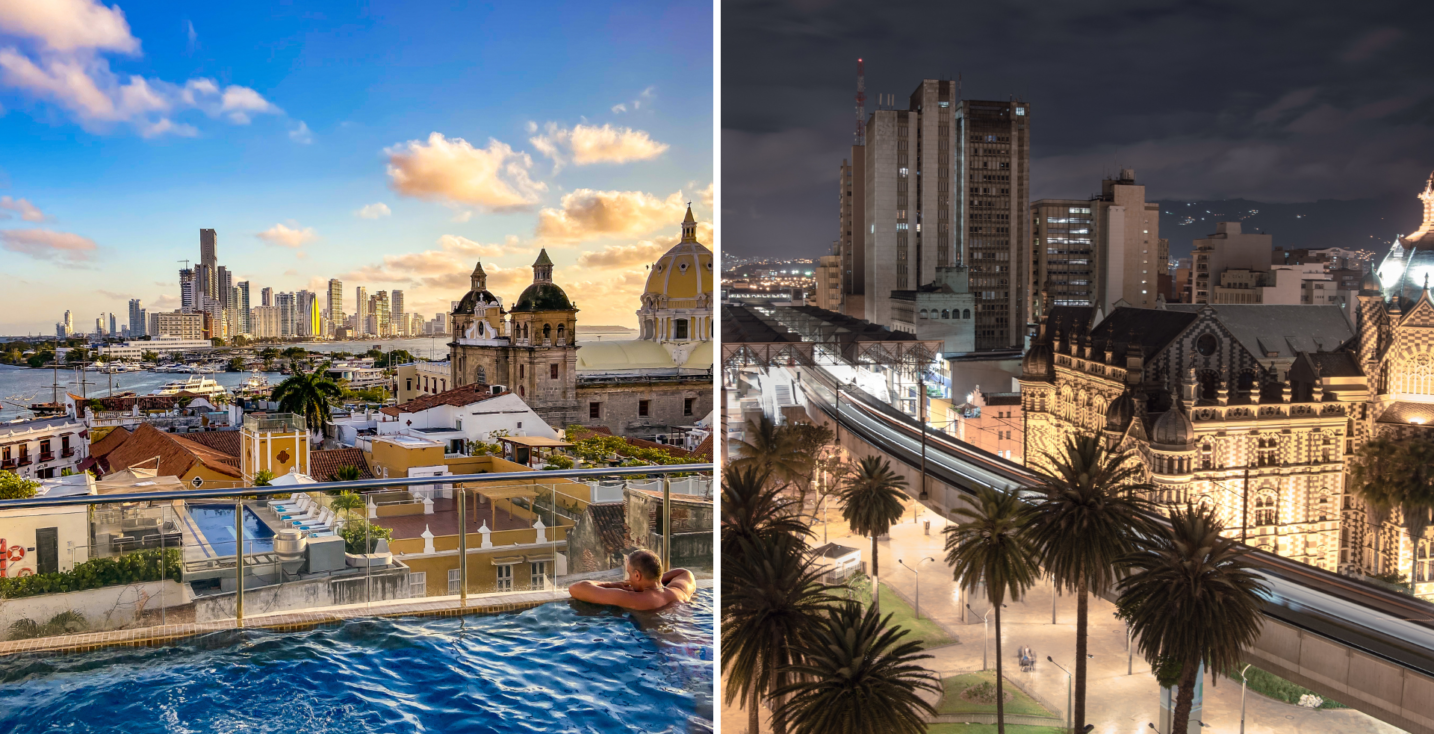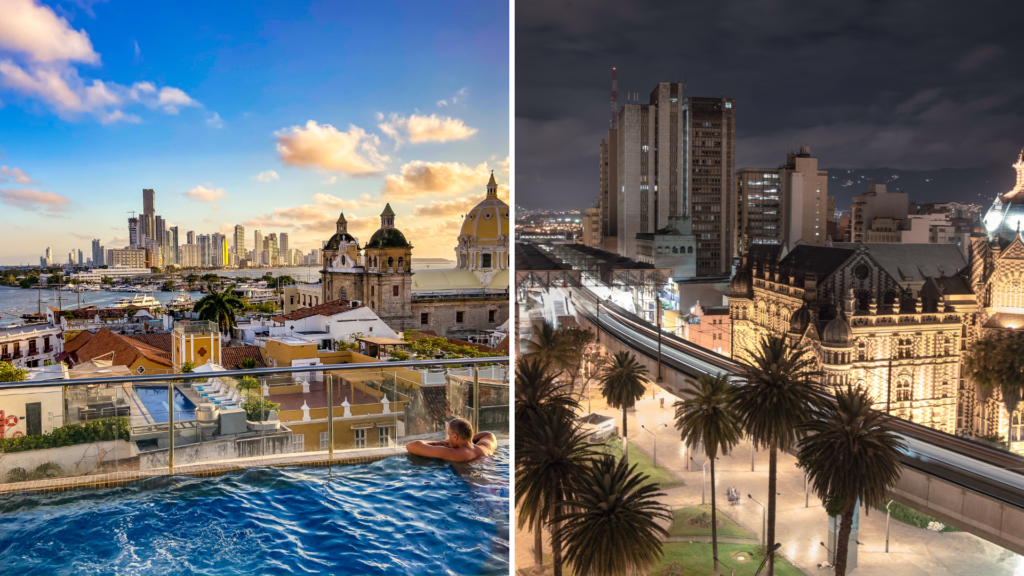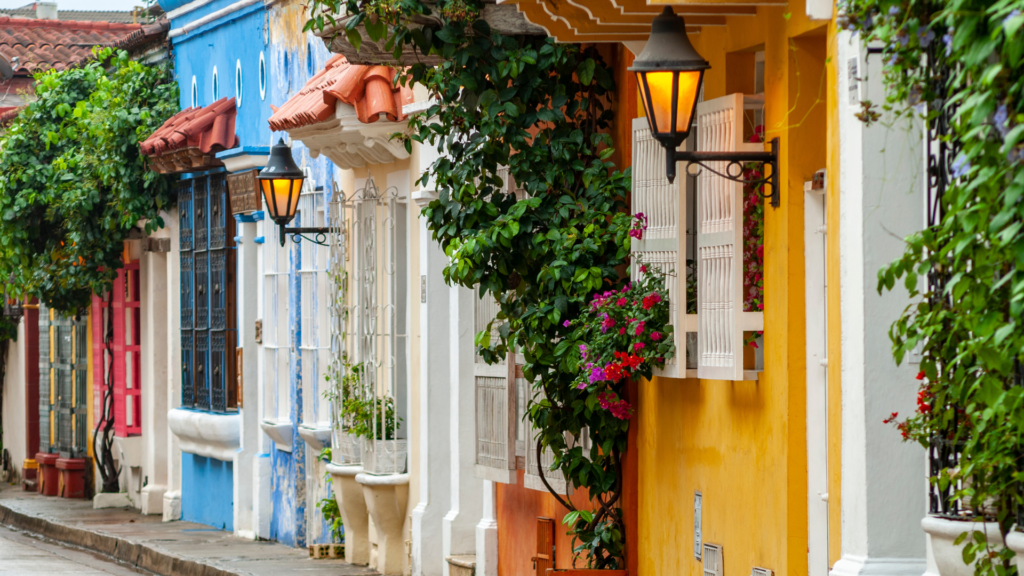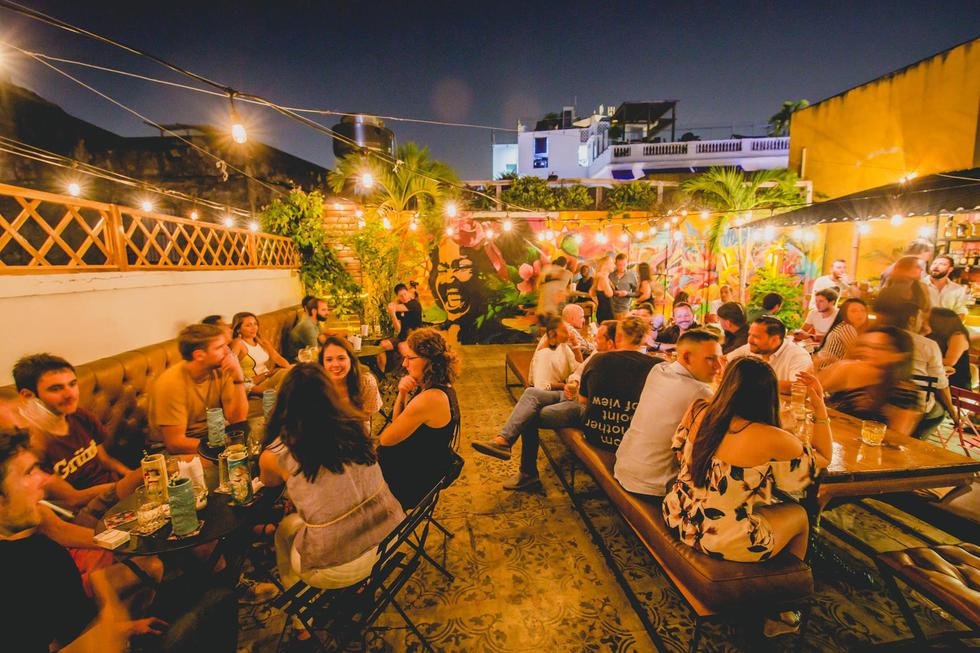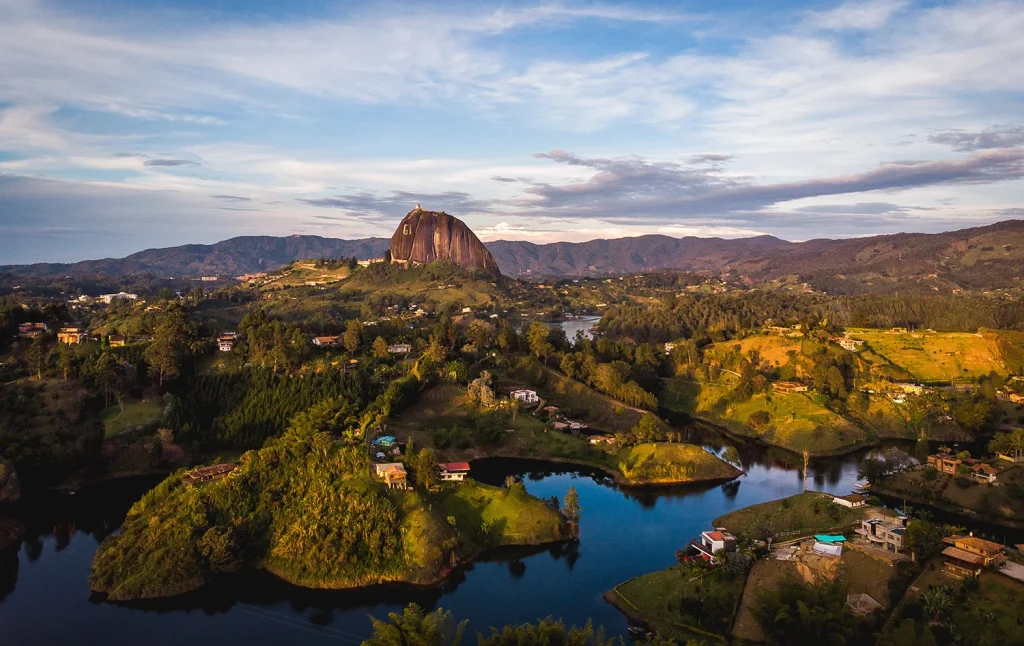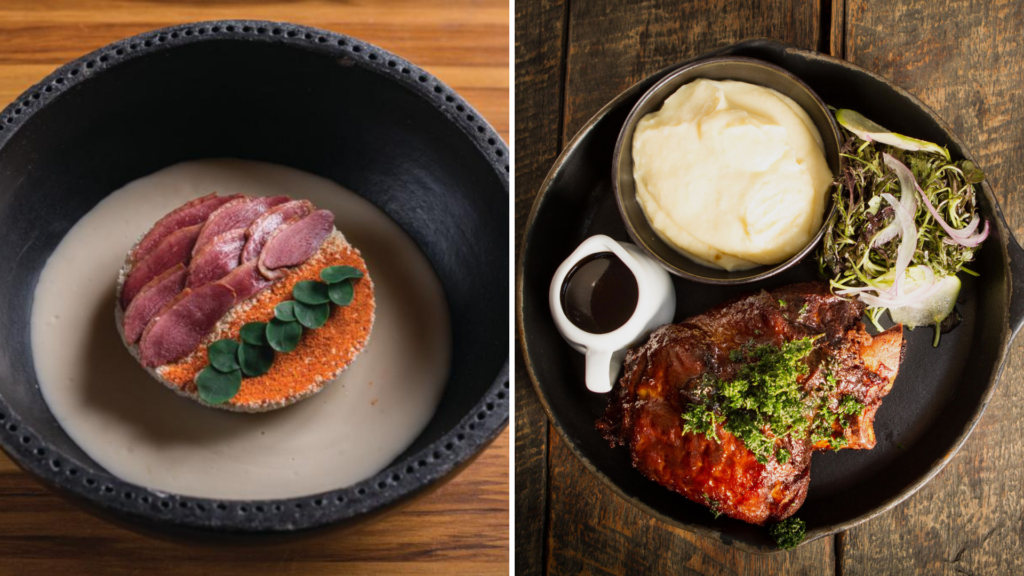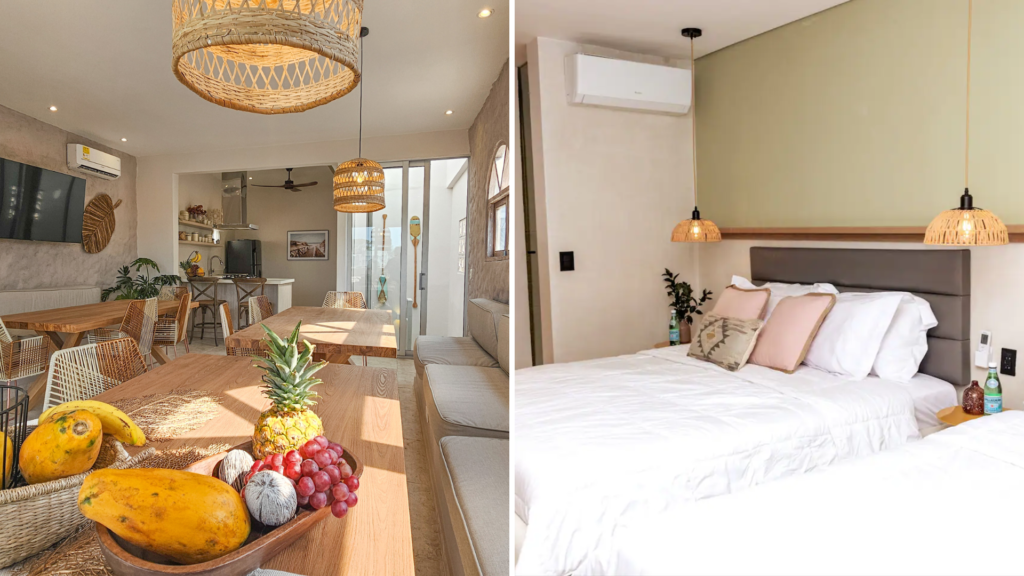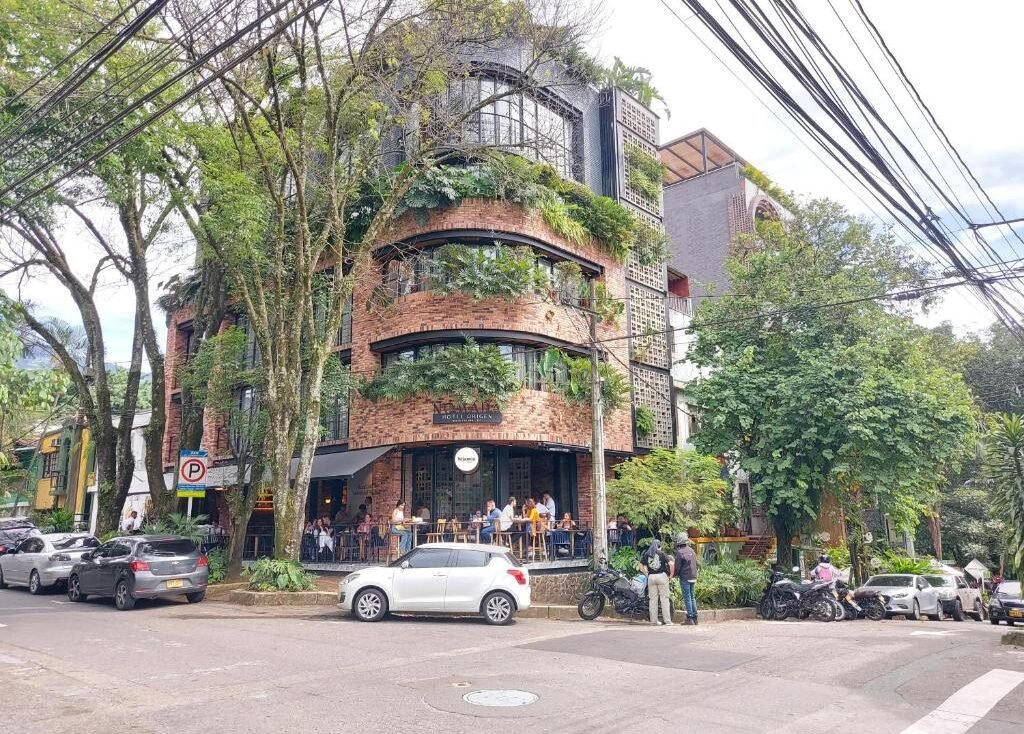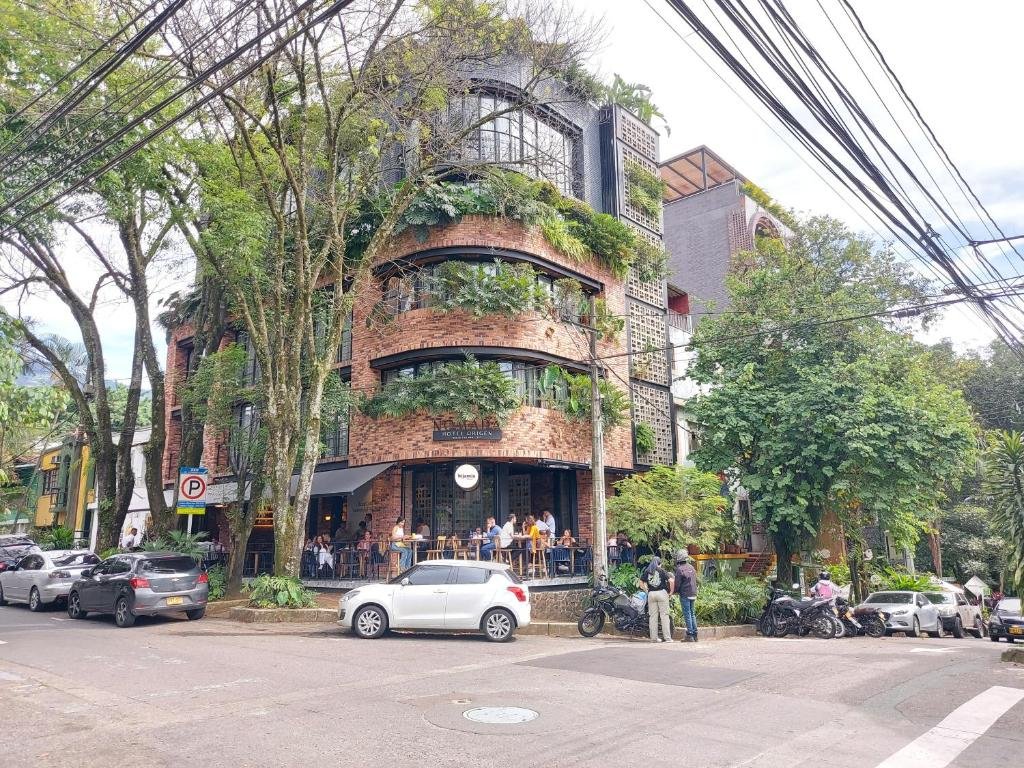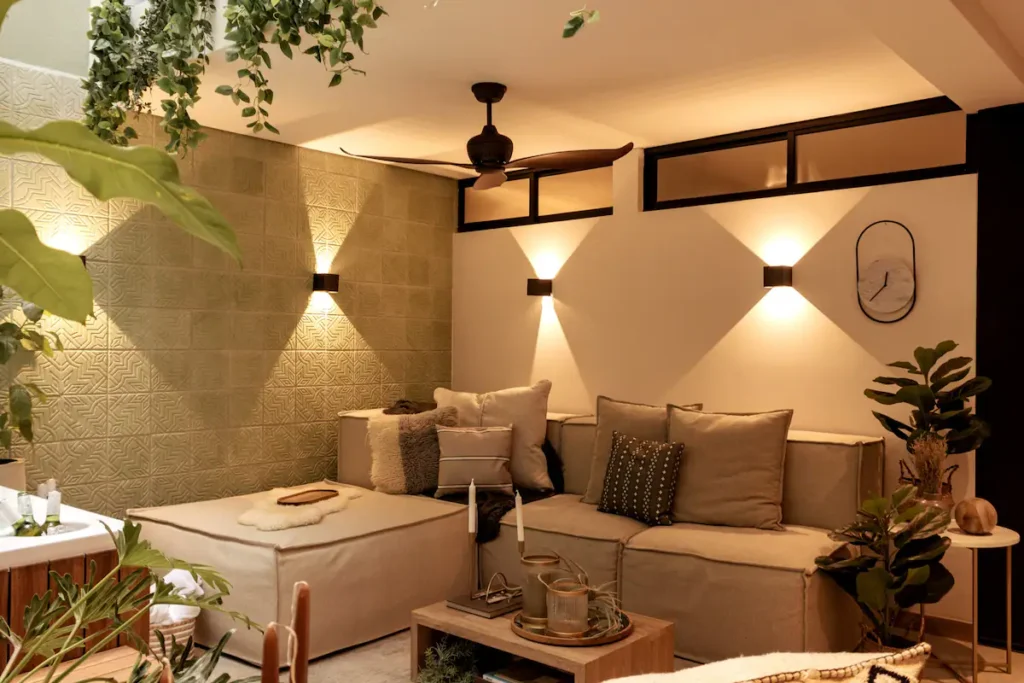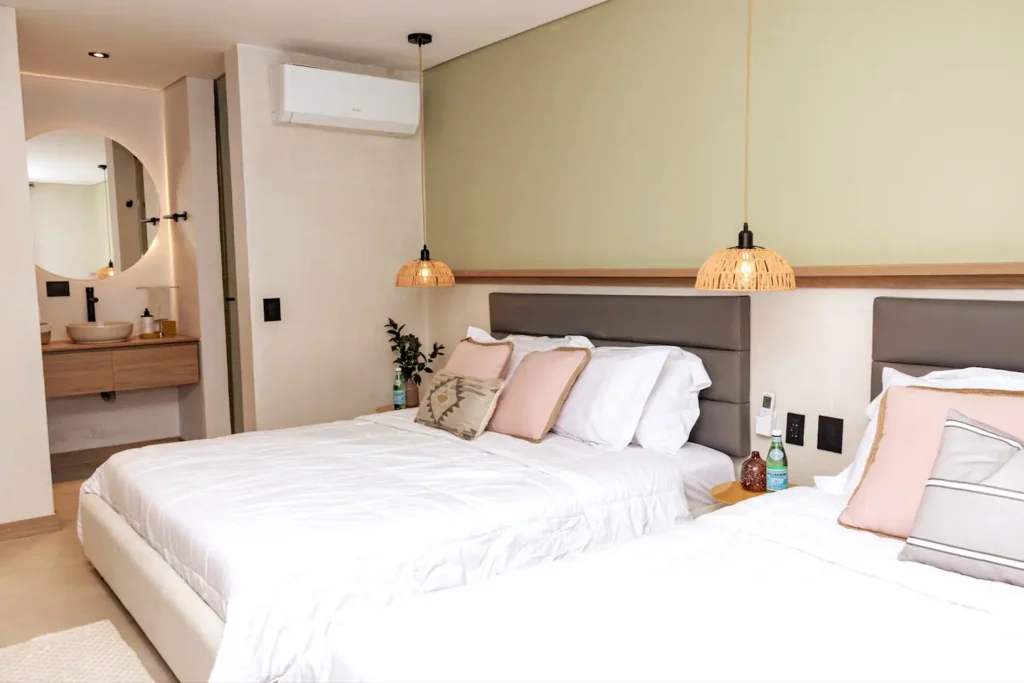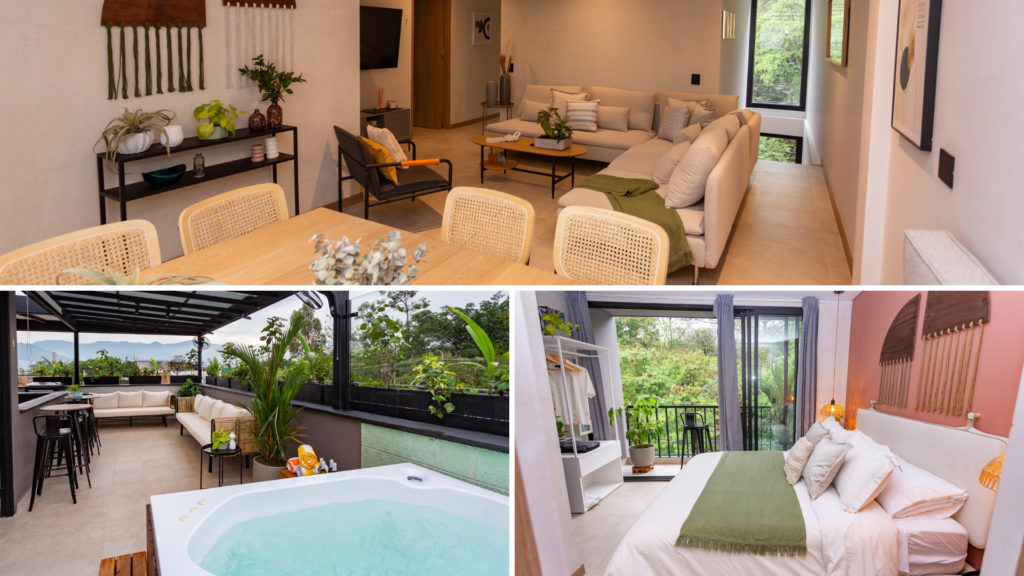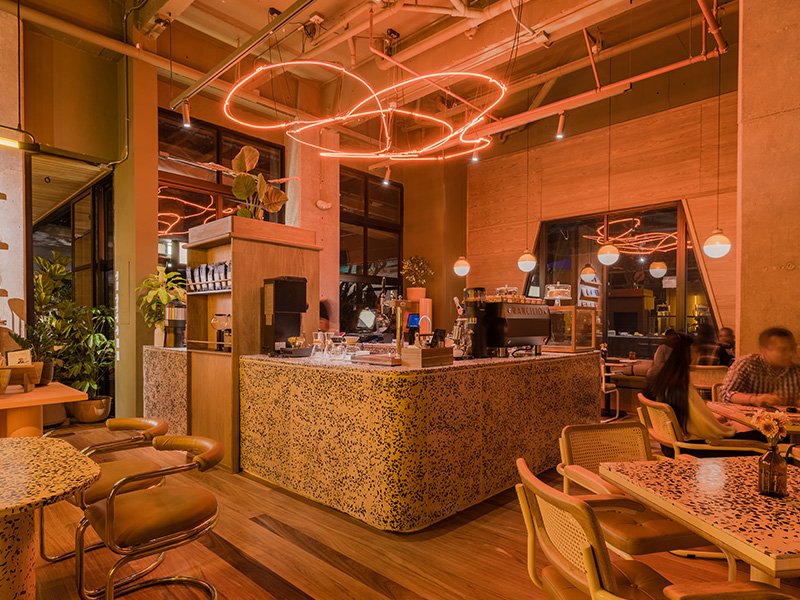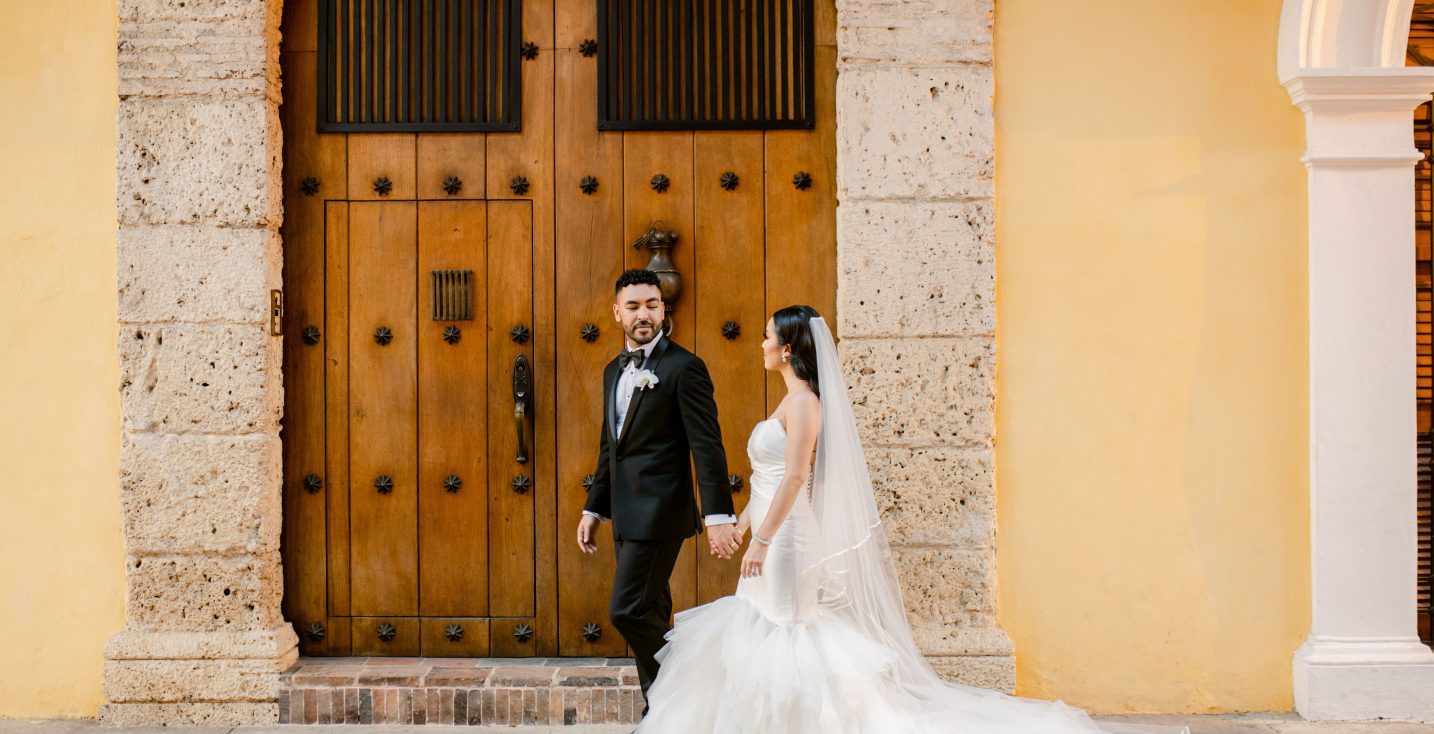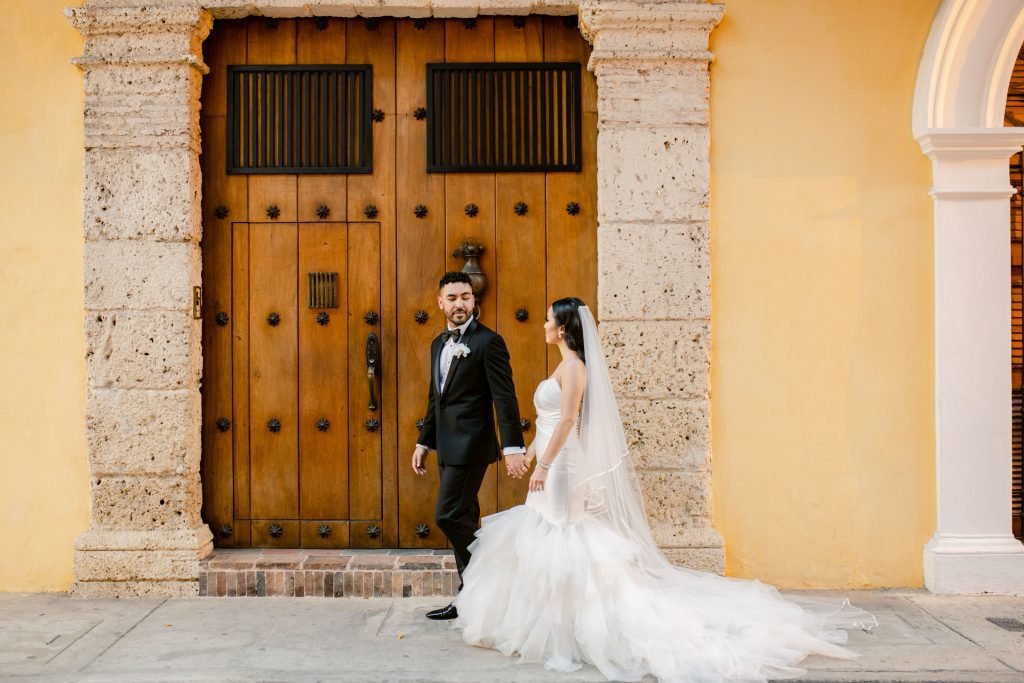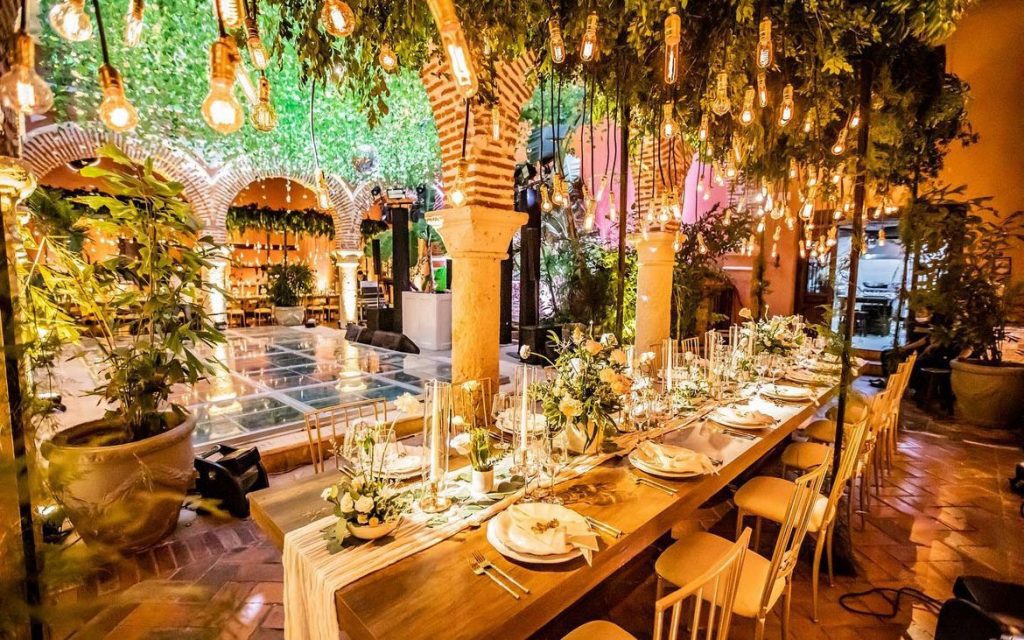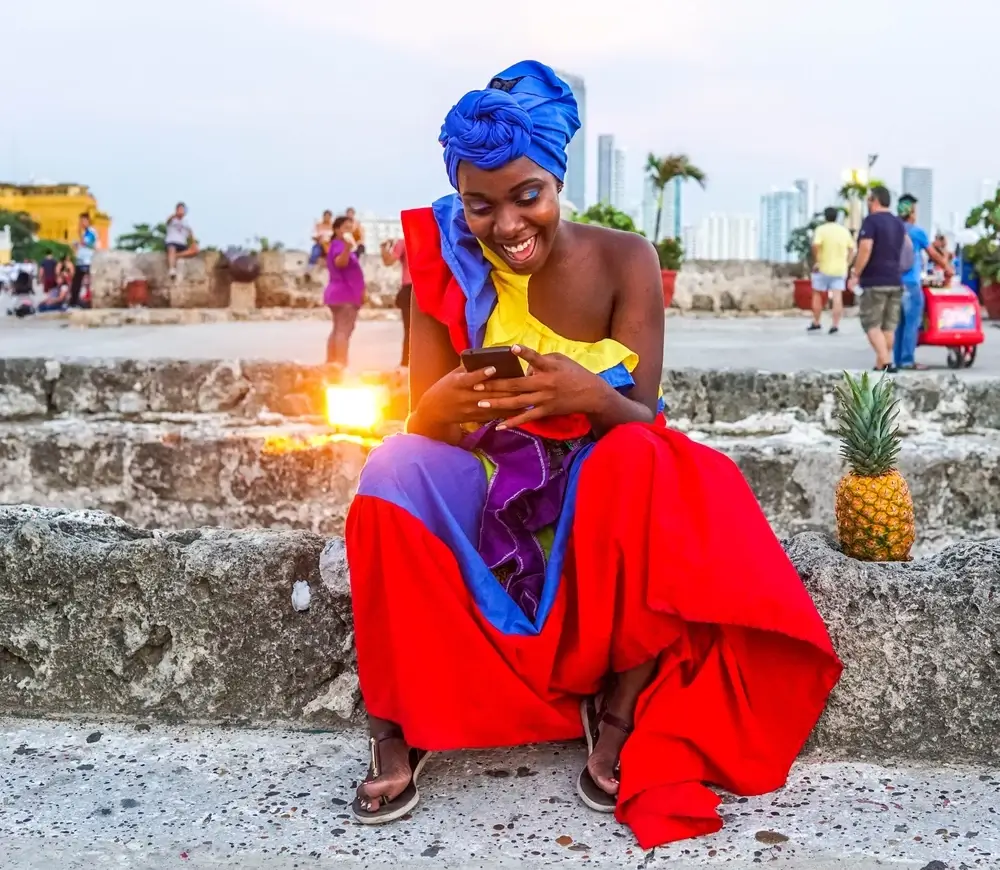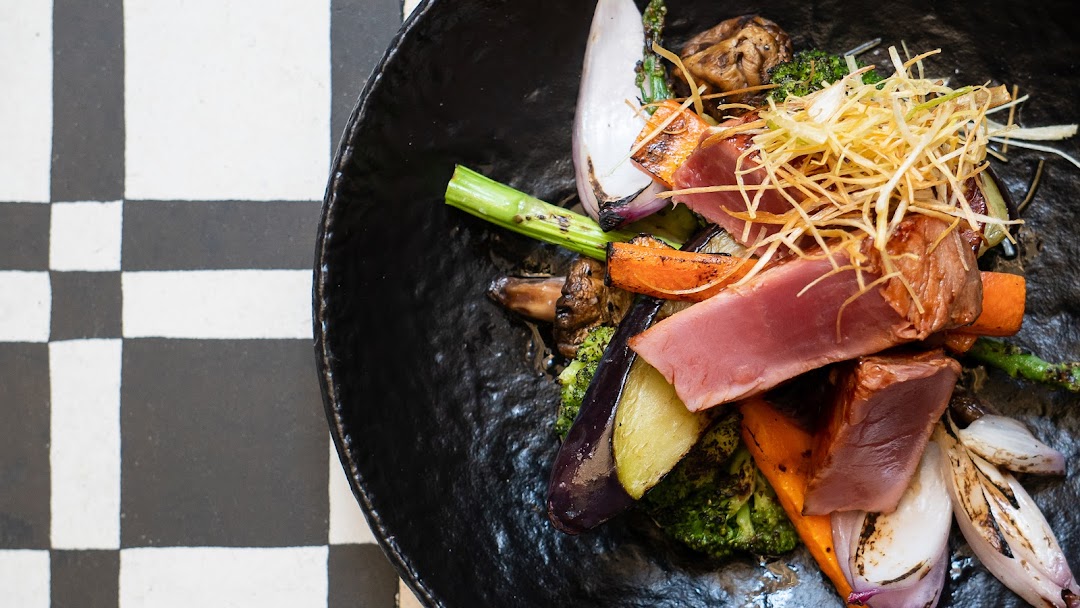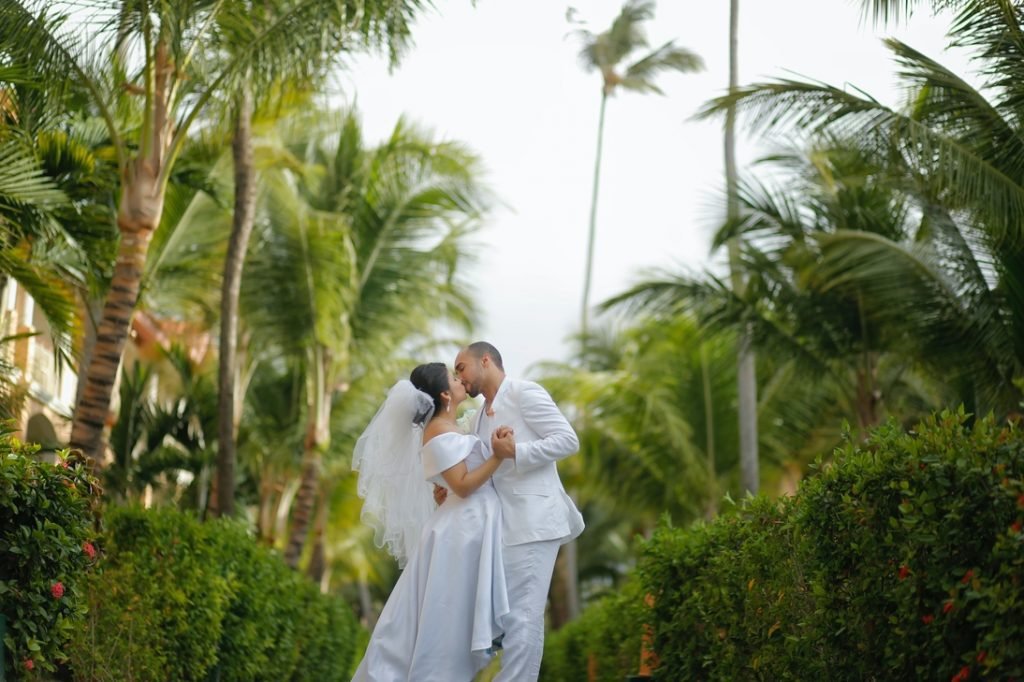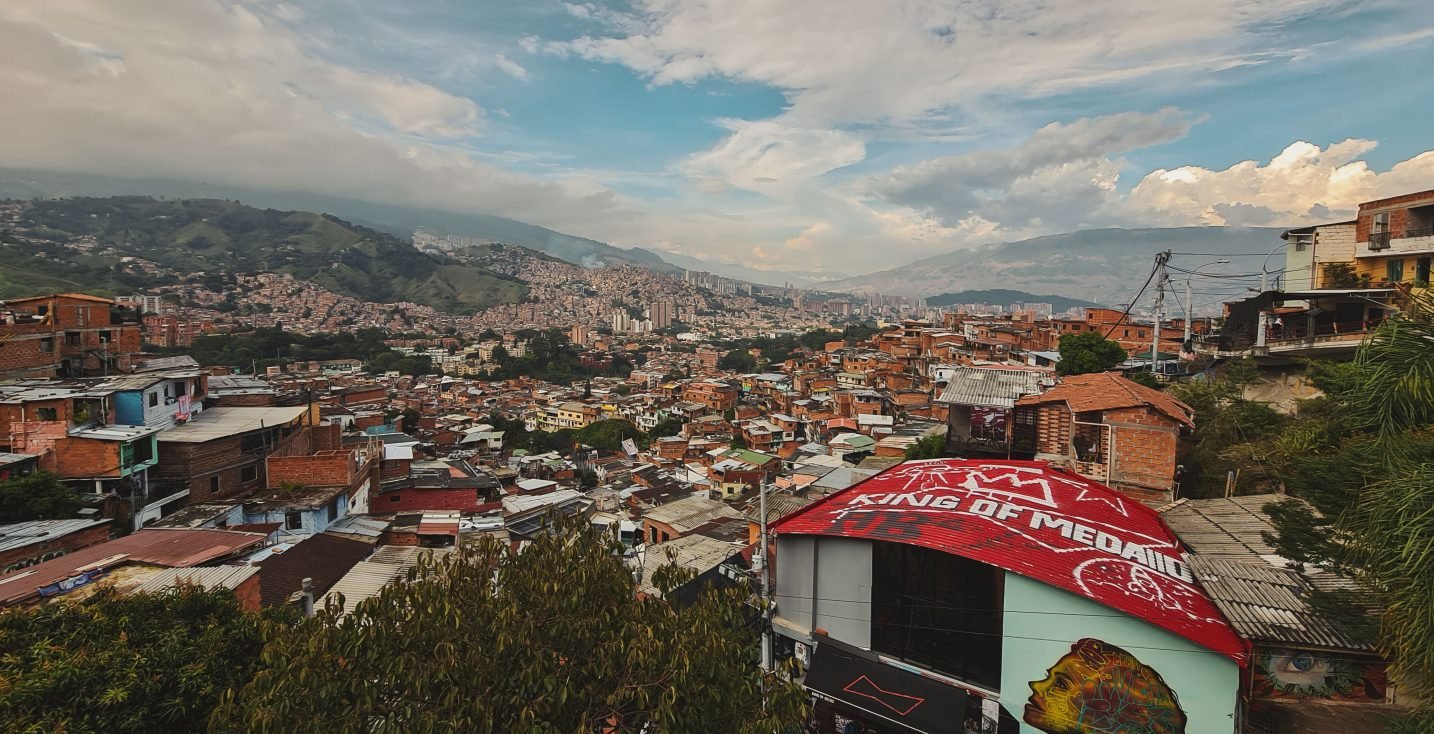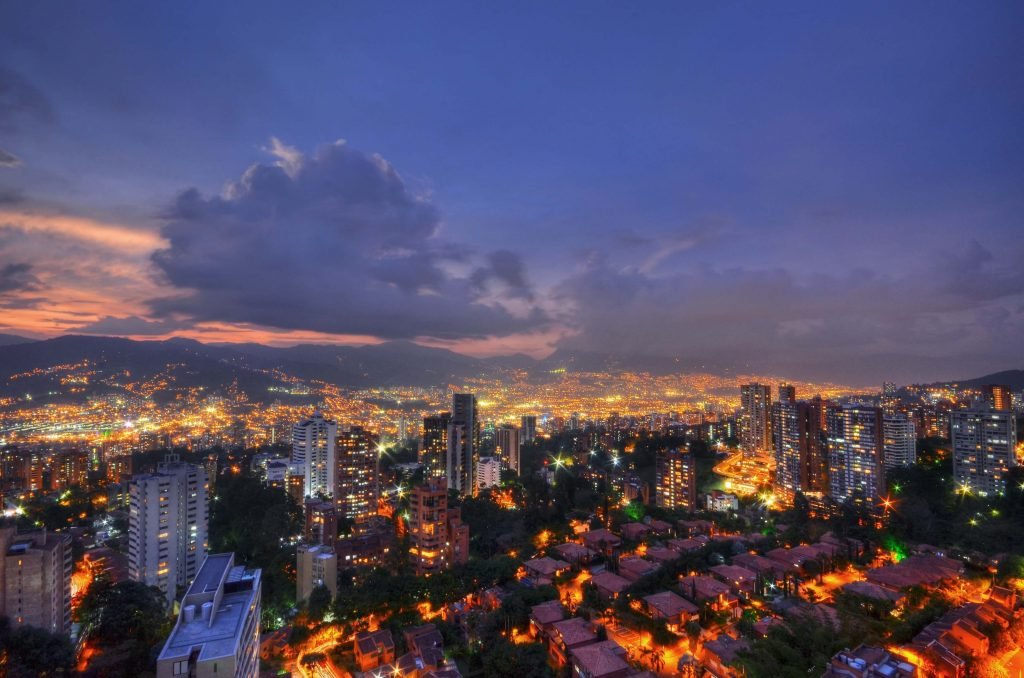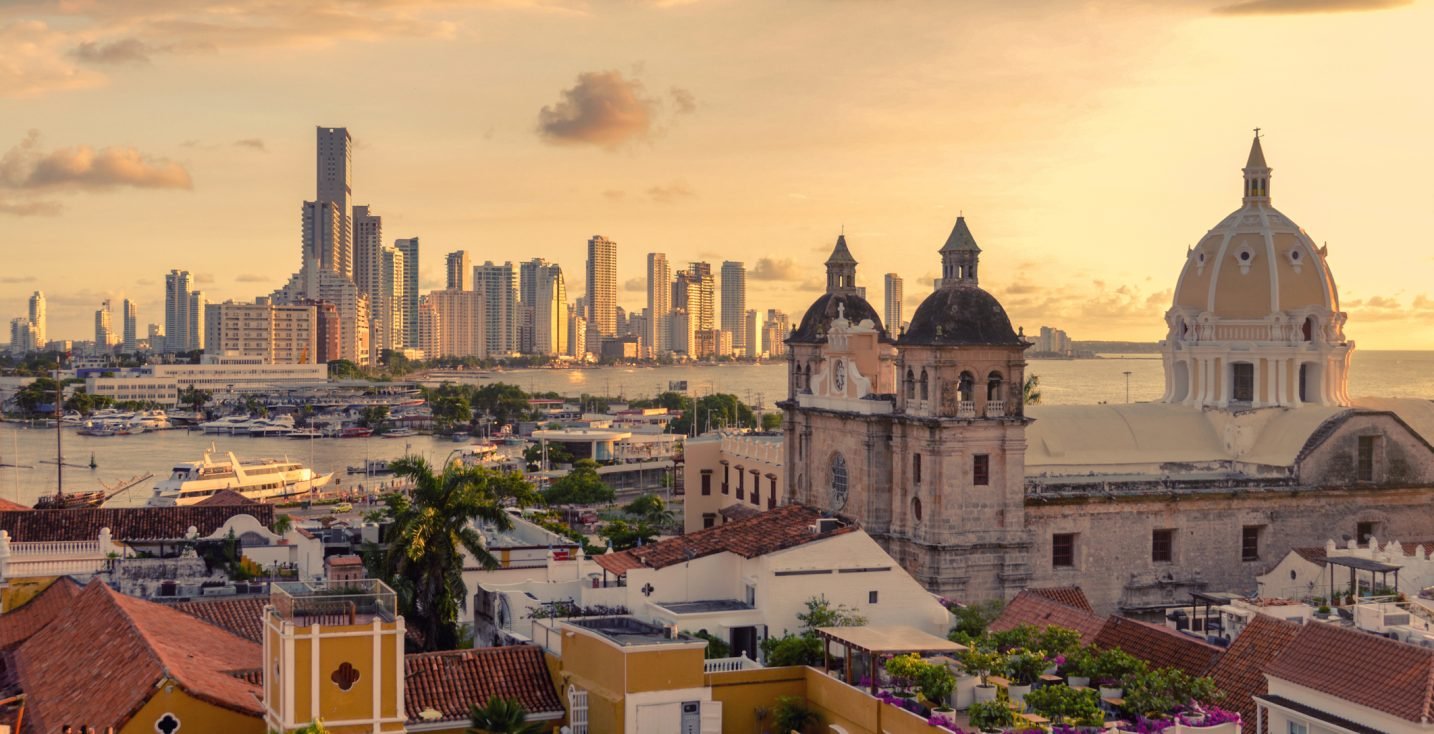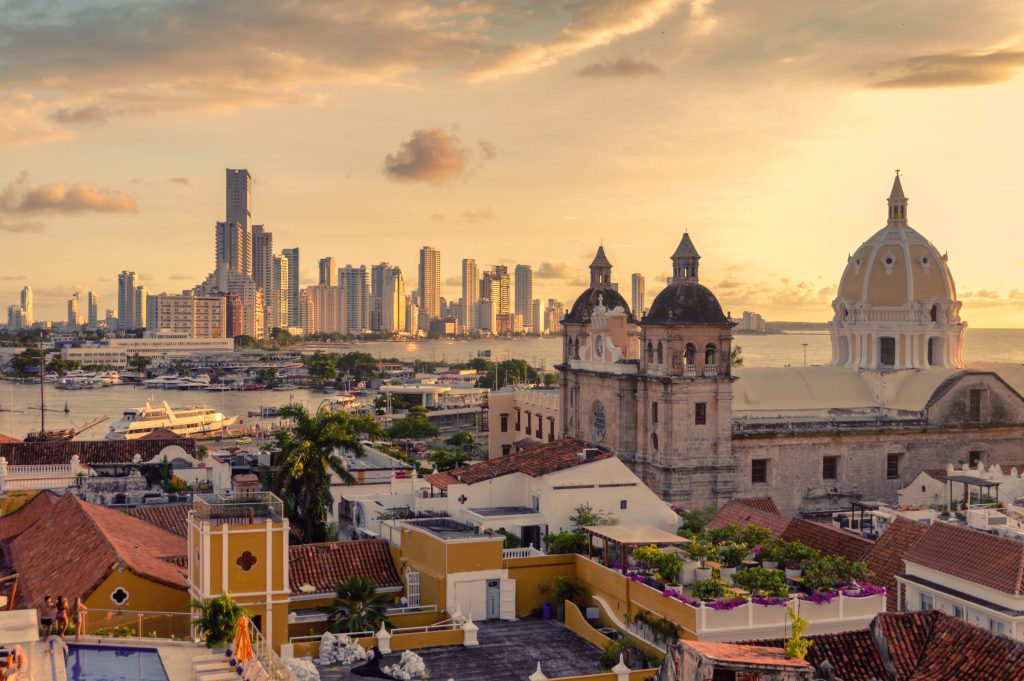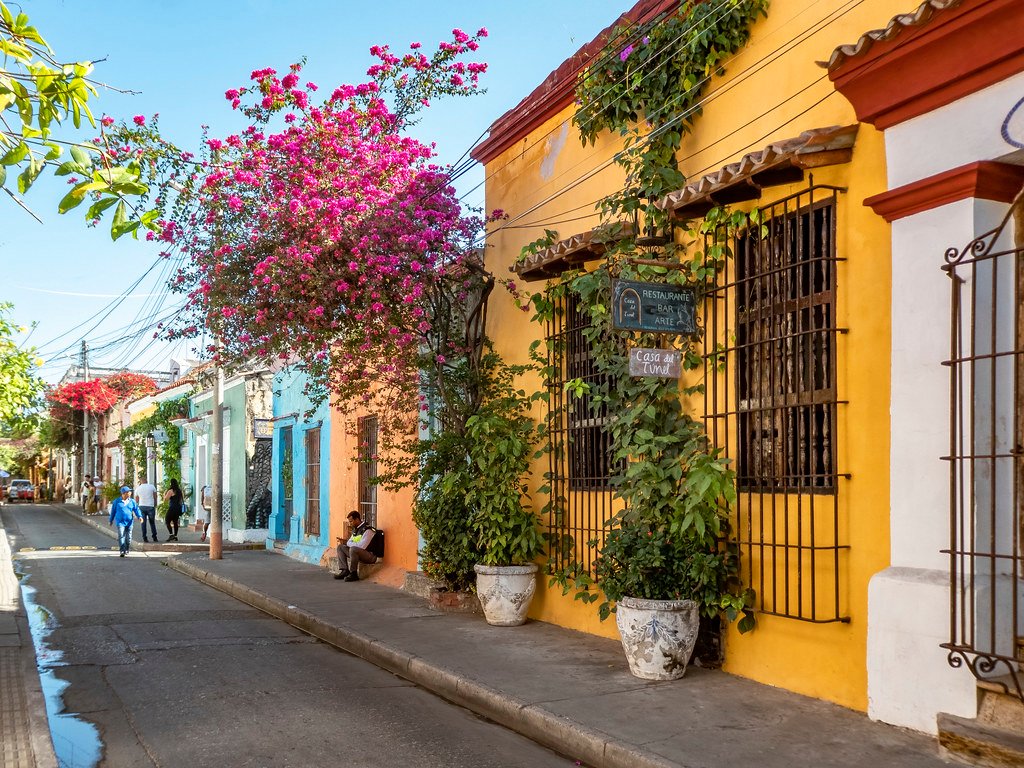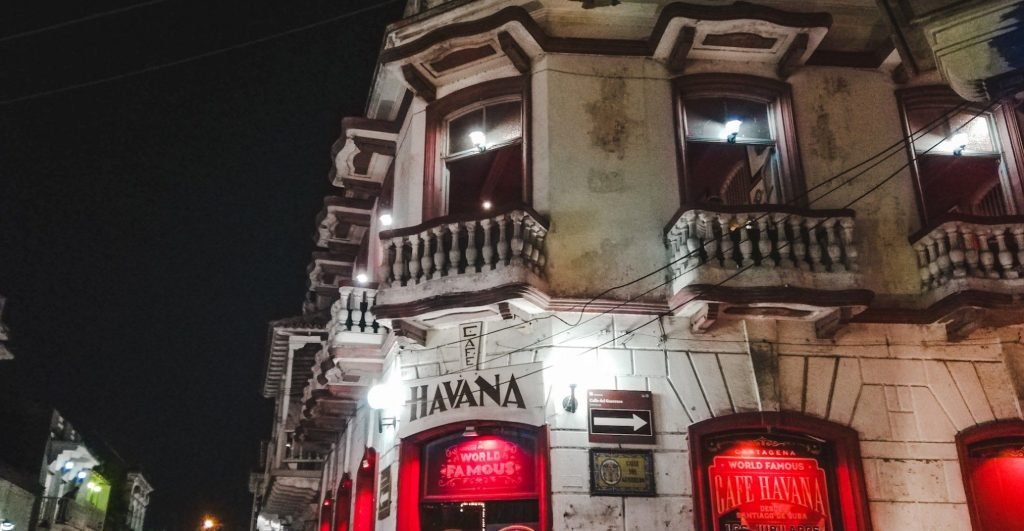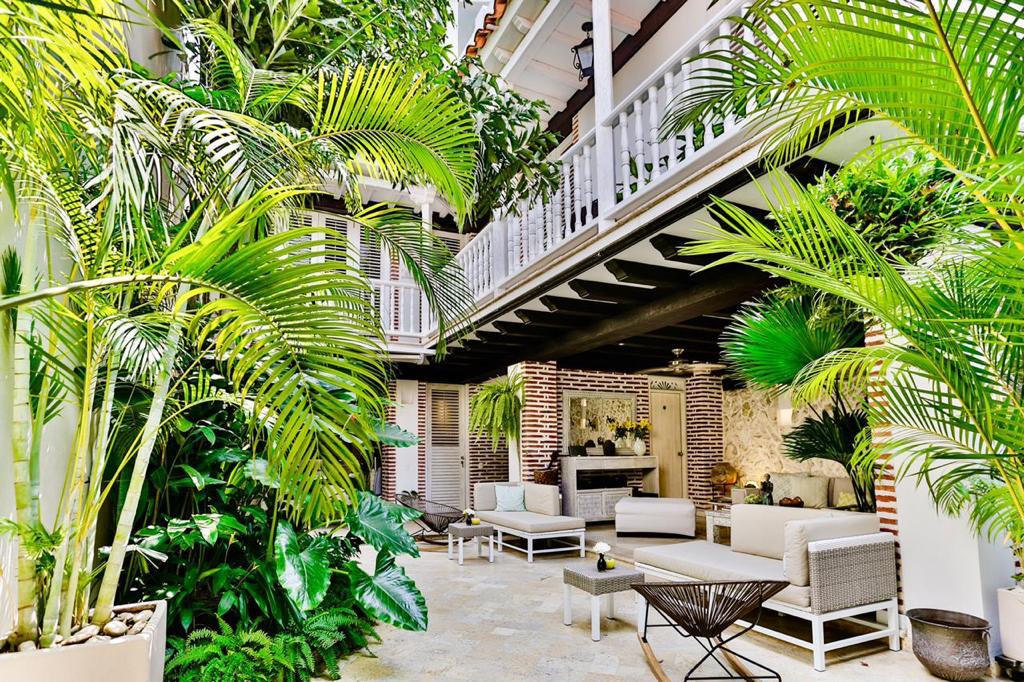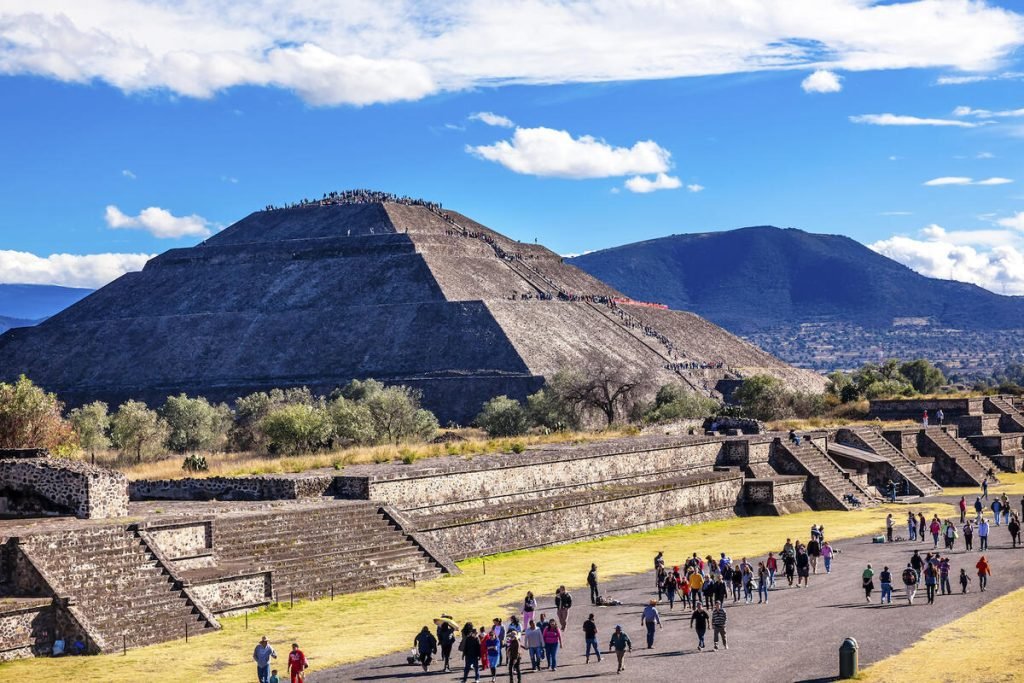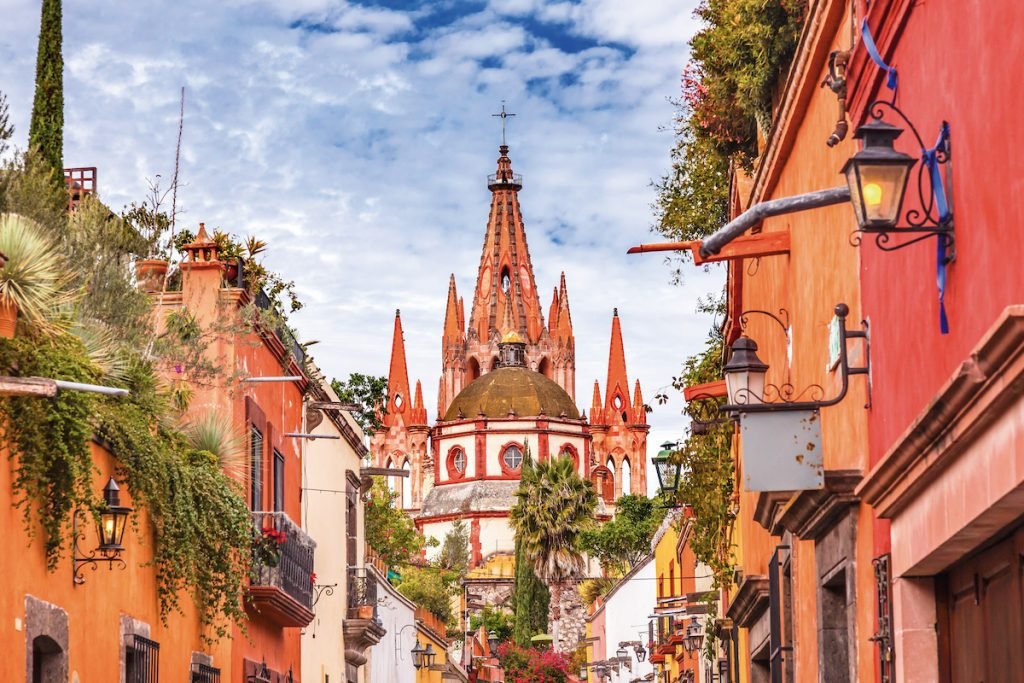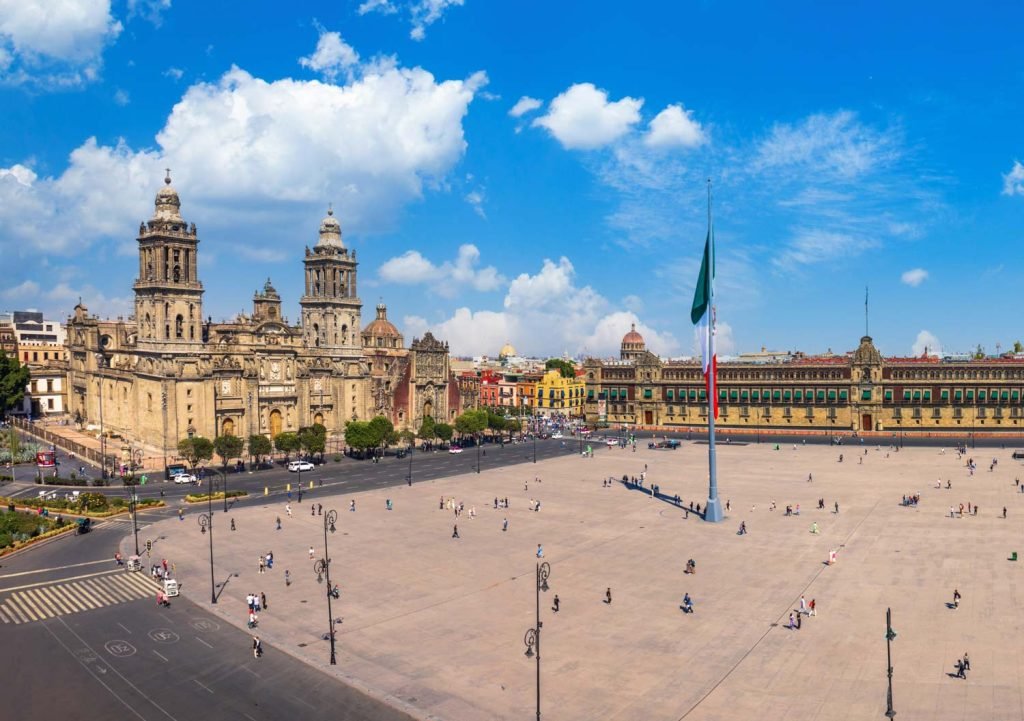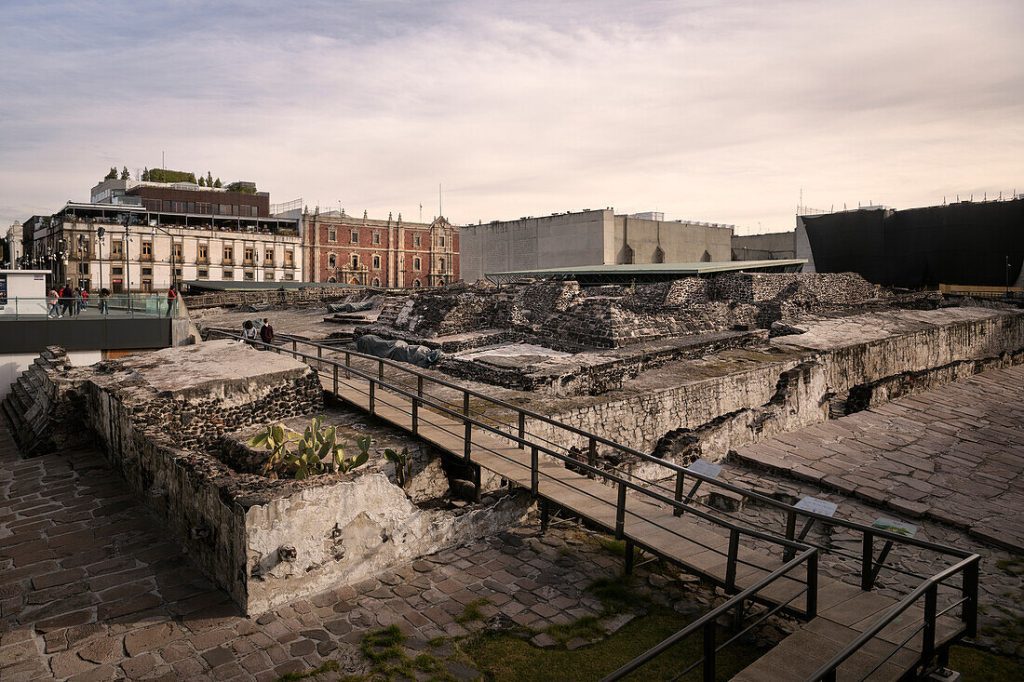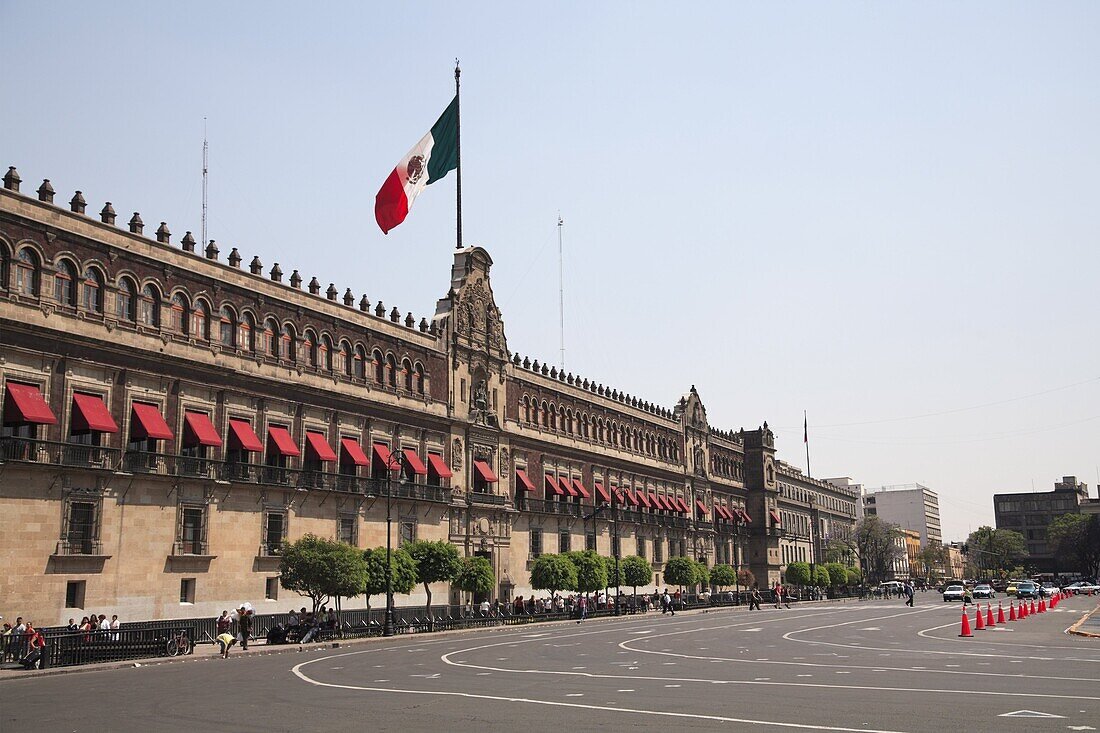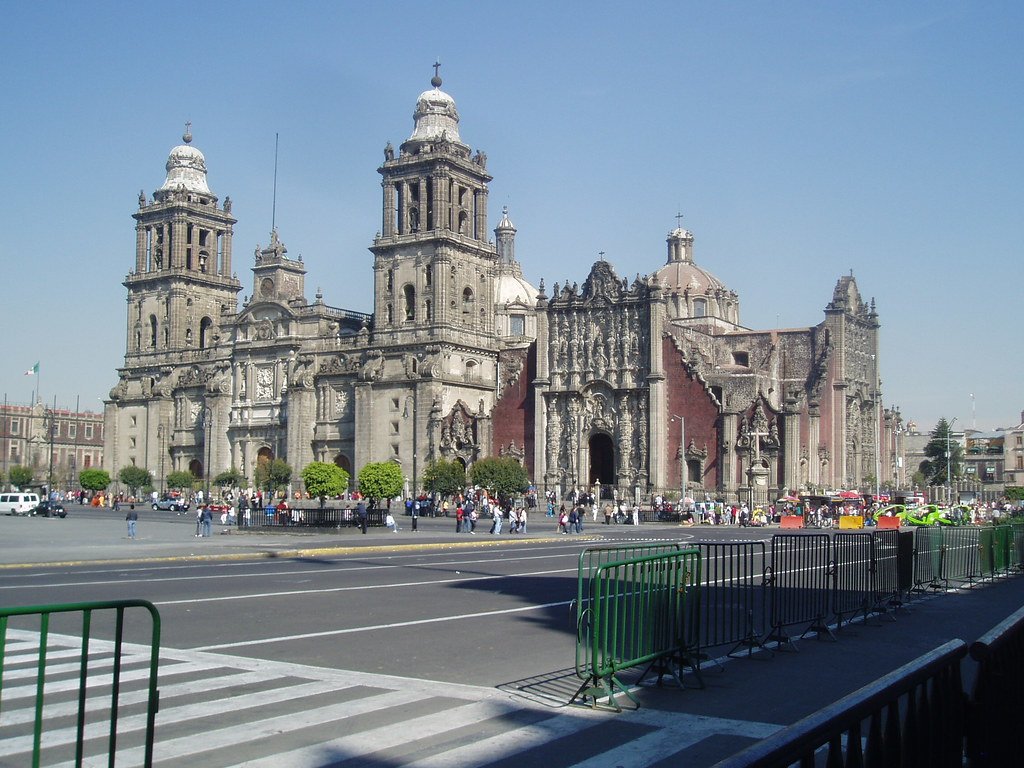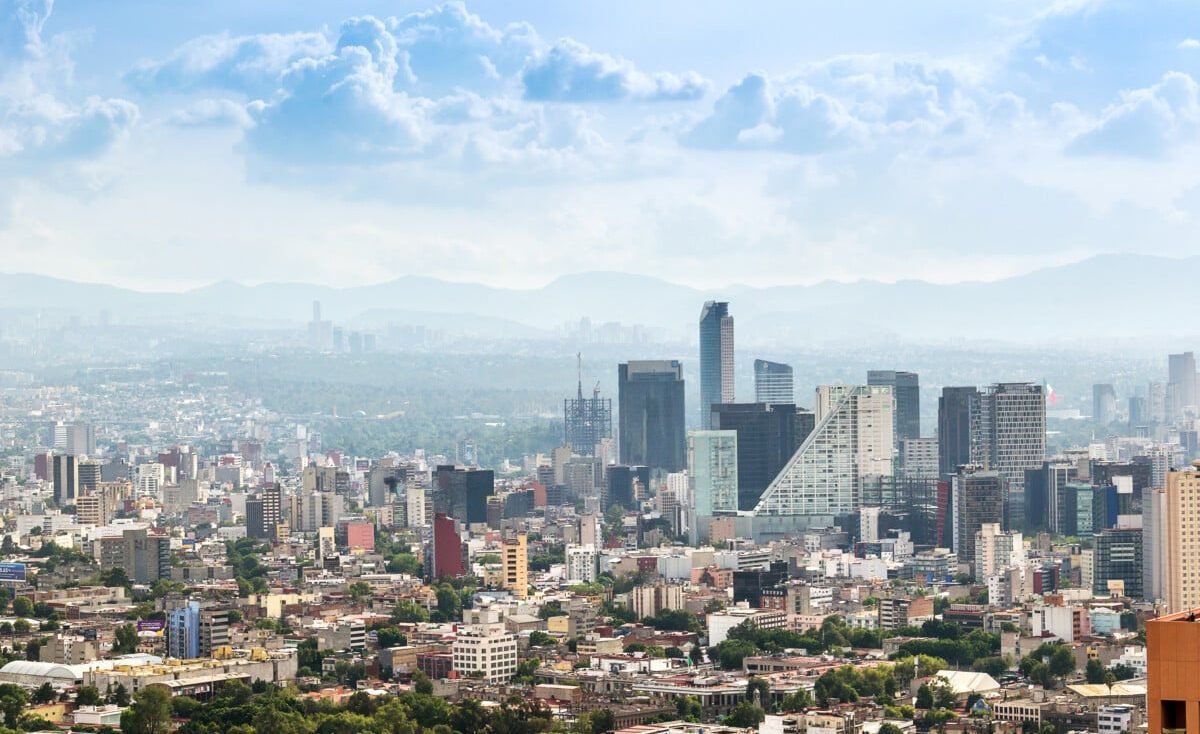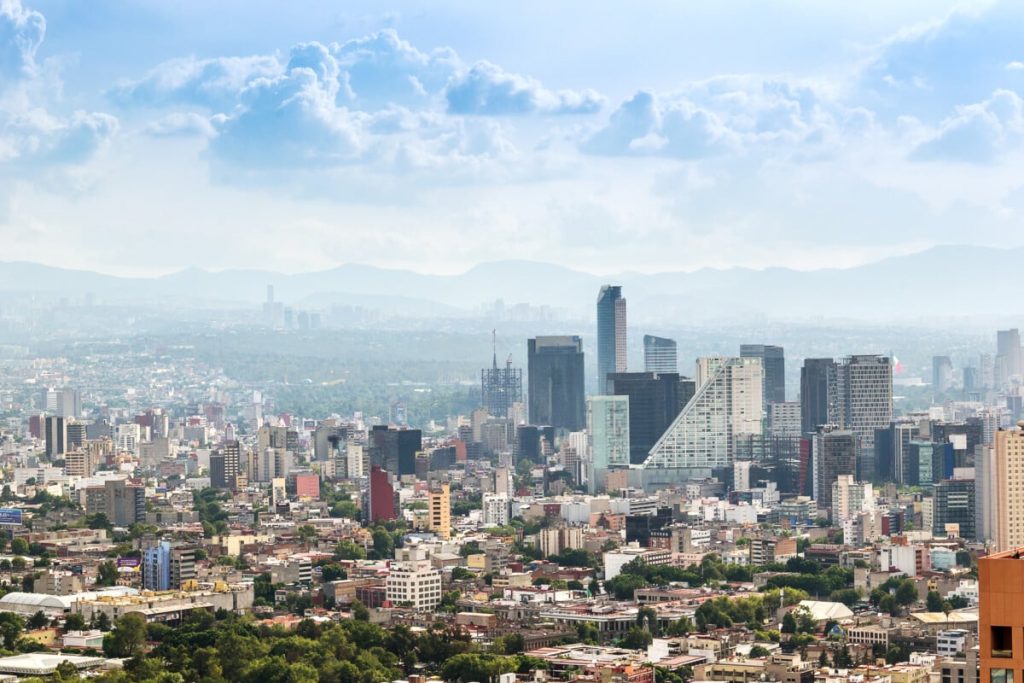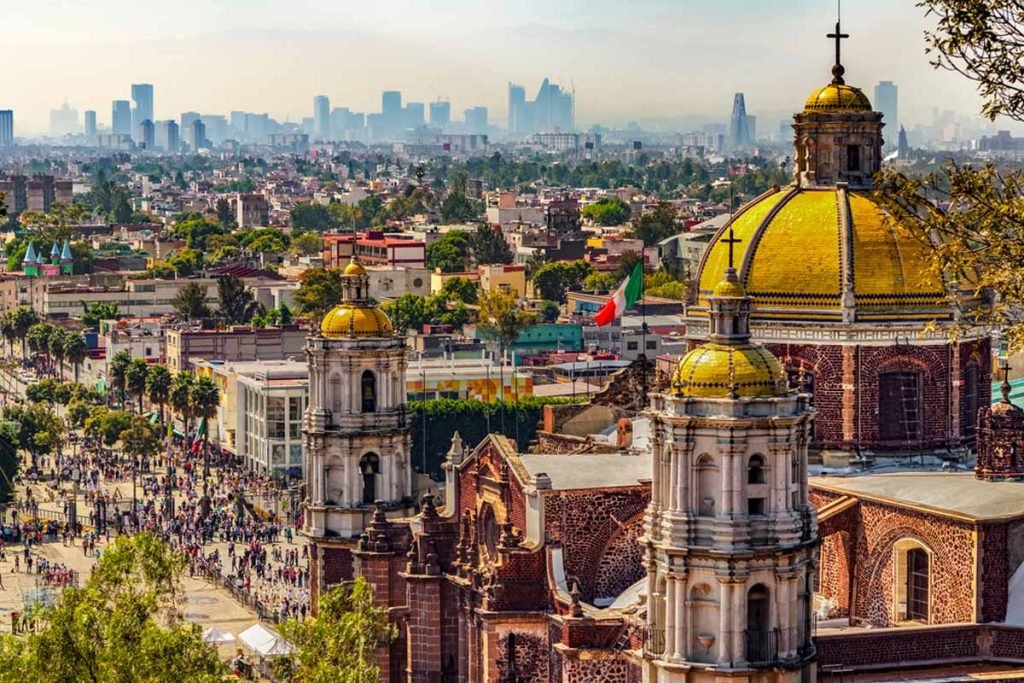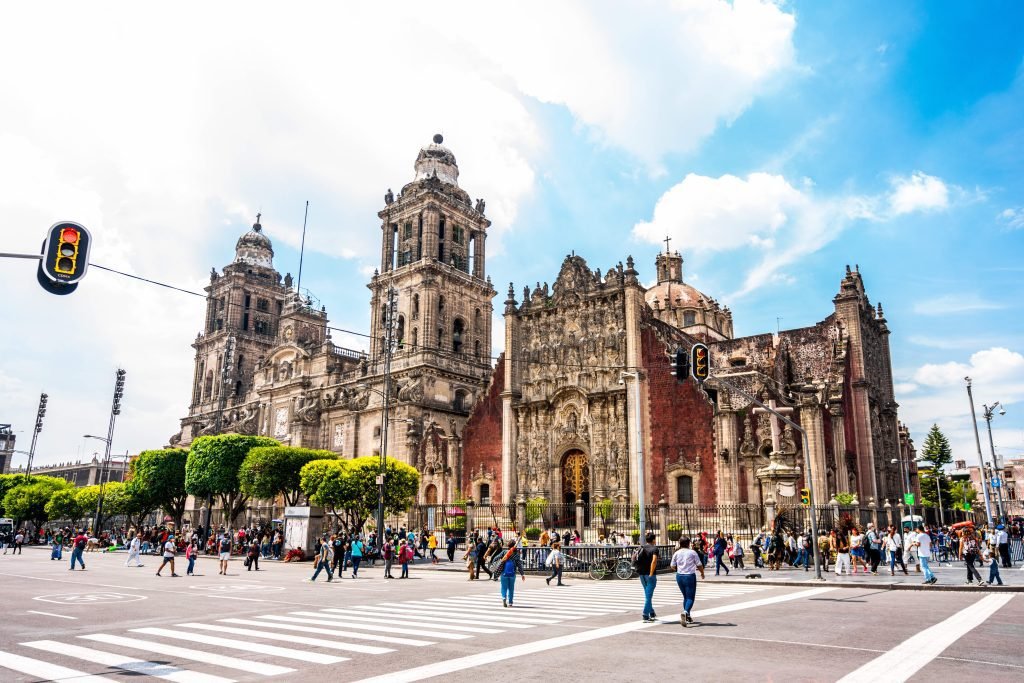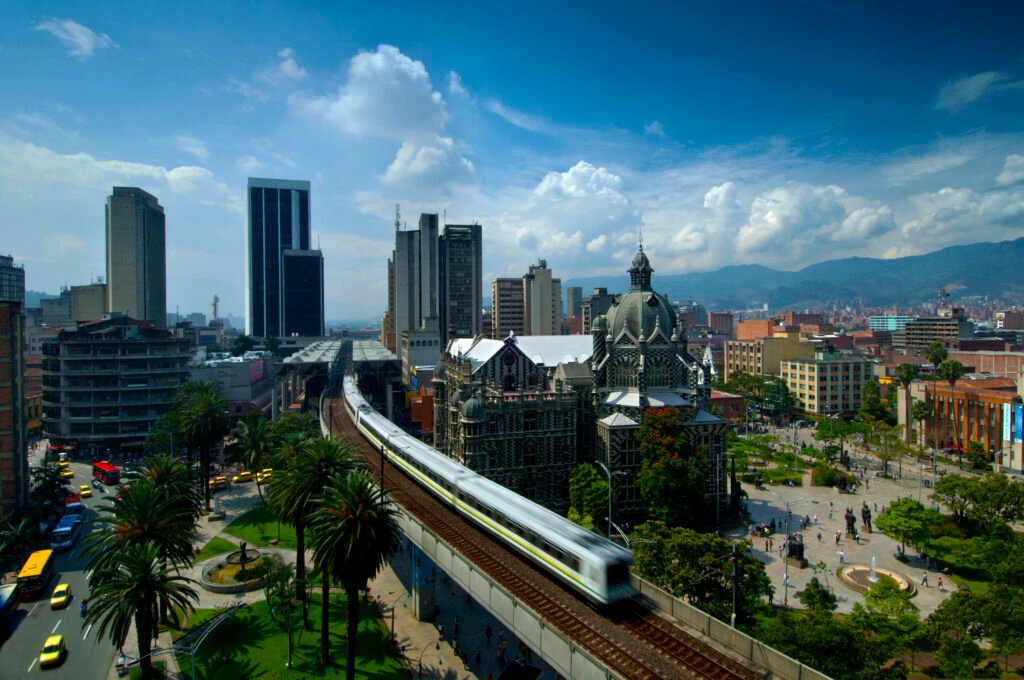
When someone mentions Medellin to you, surely one of the first things you think is: is Medellin, Colombia safe? Medellin has long been a city associated with a negative reputation, largely because of its tumultuous history of drug cartels, high crime rates, and civil conflicts. However, this Colombian city has undergone a significant transformation in recent years, shedding its past image to emerge as a welcoming and vibrant destination full of nightlife, culture, great food, nature, and modernity for travelers and tourists.
Despite these positive transformations, myths about security and safety in Medellin still exist. In this article, we will debunk common Colombia Medellin safety myths and offer practical tips for an enjoyable and safe visit to this city.
Is Medellin, Colombia safe? 8 common myths debunked
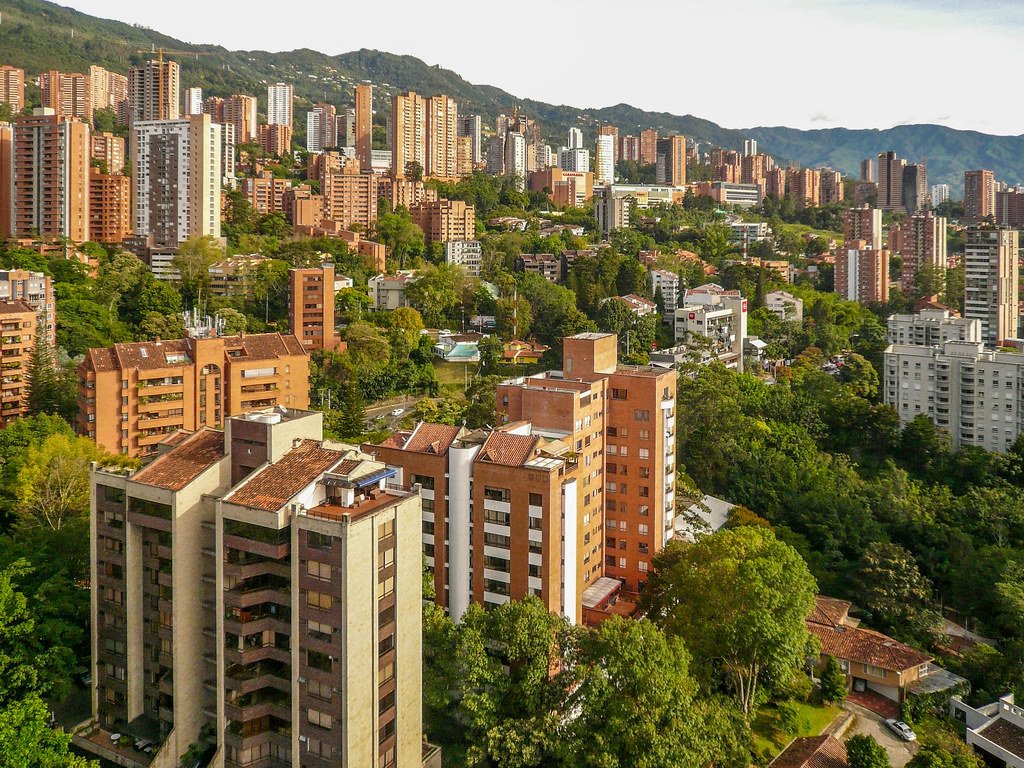
Let’s be clear: when you think about going to Medellin you start looking for information about the city, the people, the culture, if there are good places to party… and about safety. Well, with so much information on the internet, you may still have doubts about whether it is advisable or not to go to Medellin and you are wondering: is Medellin, Colombia safe? Is it really worth going?
In this next section, we have debunked 8 common myths about the safety of Medellin so you can learn more about this destination that was named by Time Out as the coolest place to visit in the world.
Also, Time magazine named Medellin as one of the best places in the world to travel last year, so we are facing one of the most desired destinations in the world today.
However, we recommend that you travel to Medellin with the guidance of local experts and with an itinerary that fits your needs, preferences, and budget so that you can enjoy a total experience.
Myth 1: Medellin is still unsafe for tourists and travelers
One of the most persistent myths about Medellin is that it remains unsafe for tourists. While it’s true that the city struggled with high crime rates and security issues in the past, Medellin has made significant strides in improving its security situation. For instance, Medellin, through the Colombian government, demobilized significant guerrilla groups and implemented security reforms. As a result, Medellin is recognized as one of the most progressive and safer cities in Latin America, with a thriving tourism industry.
Like any major city, visitors need to take appropriate precautions and follow basic safety guidelines, such as:
- Not displaying expensive belongings in public
- Avoiding dangerous neighborhoods
- Being aware of your surroundings
However, overall, Medellin is now considered safe and welcoming for tourists and those traveling to Medellin Colombia, with increased police presence in tourist areas and low crime rates.
Myth 2: Drug cartels still rule Medellin
While the specter of powerful cartels like Pablo Escobar loomed large over Medellin in the 1980s and 1990s, their influence has significantly diminished in recent years. Medellin, through the Colombian government, in collaboration with law enforcement agencies, has successfully dismantled many of these criminal organizations. This has led to a notable decrease in violence and instability.
Today, Medellin is a city on the rise, with a burgeoning economy and a vibrant cultural scene that attracts visitors from around the world.
If you want to learn about the history of Medellín and take tours that explain the transformation of the city you can talk to one of our experts who will help you build an itinerary to help you experience Medellín the best way!
Myth 3: Kidnappings are common in Medellin
Medellin was once notorious for kidnapping during the height of the drug war, but the situation has become increasingly rare in recent years. Medellin, through the Colombian government, has implemented robust security measures to combat this threat, and the incidents of kidnapping have significantly declined. This decline in kidnappings can be attributed to the heightened presence of security forces in the city center and along key transportation routes.
Overall, in recent years, tourists and travelers in Medellin are unlikely to encounter this type of danger. Nonetheless, it is essential to stay informed about the security situation in the region you plan to visit or stay.
Myth 4: Medellin is a haven for pickpockets and petty crime
Like any major city worldwide, pickpockets and petty crimes can occur in Medellin, especially in crowded public transportation hubs and markets. However, many areas in Medellin popular with tourists have increased security measures to ensure the safety of visitors.
By taking simple precautions such as not flashing expensive items, using a money belt, keeping an eye on your belongings, and being aware of your surroundings, you can minimize the risk of falling victim to pickpocketing or petty theft.
Our team of local experts will be at your side at all times and will assist you with anything you may need. From reservations at the best restaurants and nightclubs to buying groceries for your private villa, which you can rent with us.
Myth 5: Drug-related violence is still a major concern
Medellin was once synonymous with drug cartels and associated violence. However, the situation has drastically reduced in recent years due to the government’s efforts to combat drug trafficking, dismantle major drug cartels, and increase security measures to deal with drug-related violence.
While isolated incidents may still occur, they are not representative of the overall security situation in the city. Besides, visitors and tourists are not typically caught up in drug-related conflicts unless they are directly involved in illegal activities.
However, you should stay informed about current events and practice caution in areas known for drug-related activities.
Myth 6: Taxi drivers RIP tourists off
While it’s true that some taxi drivers in Medellin may try to overcharge or con tourists, this is not representative of the entire industry in this city.
Most taxi drivers in Medellin are honest and reputable professionals who provide reliable service to their customers.
To avoid being taken advantage of, you should use reputable taxi companies or ride-sharing apps, agree on a fare before starting the journey, and ensure that the taxi has a functioning meter. You should also order taxi drivers through your accommodation rather than hail them, for safer, more reliable outcomes.
We also recommend our Concierge service which will take care of you and your group throughout your trip, including transportation to any location. At all times our expert local Concierge team will take care of everything you need.
Myth 7: Men take advantage of women
While all travelers need to be cautious and aware of their surroundings, there is no evidence to suggest that men specifically target women for exploitation in Medellin. There is a widespread fascination for foreign women so you may be looked at, out of interest. Yet attention is not intimidating or overwhelming.
Like in any other country, women should take standard precautions to ensure their safety, such as avoiding isolated areas at night and being cautious when socializing with strangers.
Overall, Medellin is a welcoming and inclusive destination for travelers of all genders.
Myth 8: All roads are bad and unsafe
While Medellin’s mountainous terrain can make road travel unsafe and challenging in some areas, the city has invested heavily in infrastructure improvements in recent years.
Most major highways and roads are well-maintained and offer scenic views of the city’s stunning landscapes. However, travelers should exercise caution when driving in rural or remote areas, where road conditions may be less predictable.
Eager to explore the safe streets of Medellin? Contact us today and begin the unforgettable adventure with our expert assistance!
So… is Medellin, Colombia safe? Of course it is!
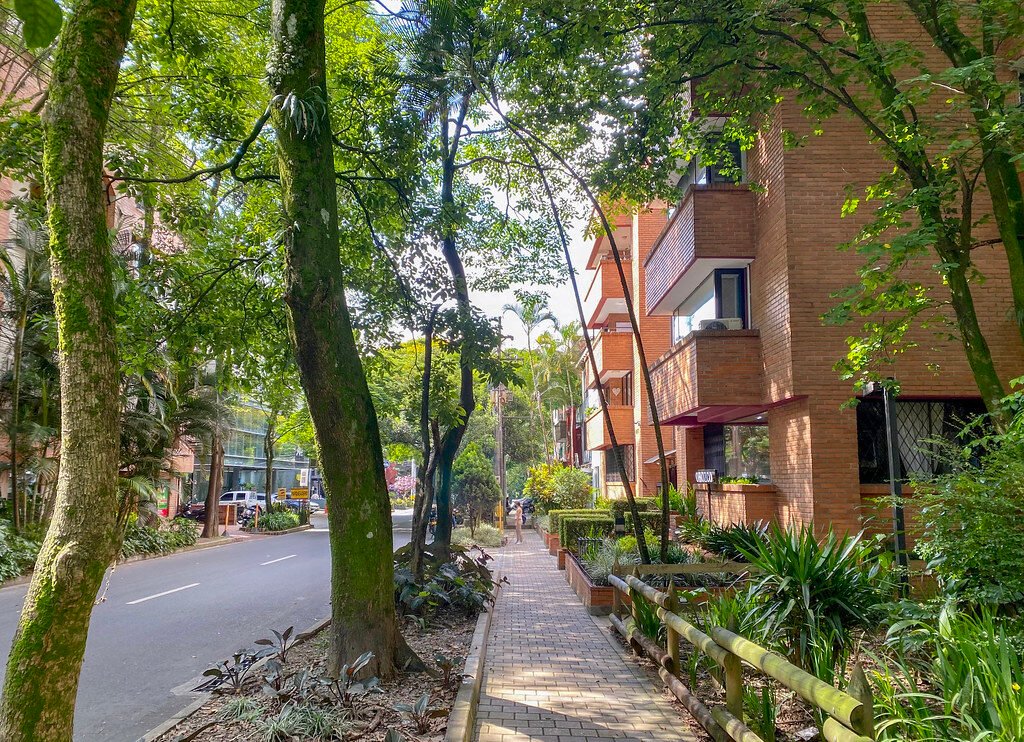
In conclusion, Medellin has a history marked with safety challenges. However, this Colombian city has come a long way in recent years. The myths of a crime-ridden and unsafe (dangerous) Medellin are outdated and no longer reflect the current safety reality.
Today, Medellin is a welcoming and safe destination for visitors and tourists, offering cultural richness, natural beauty, and a thriving economy. However, like any other destination city, it is essential to take safety precaution measures and stay informed about the local conditions. This will ensure you have a vibrant and remarkable experience when you visit Medellin.
With our team of experts behind you, your dream Medellin vacation is safe and secure. Contact us now and let us plan your whole experience!

